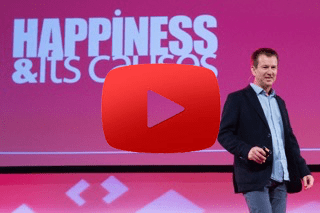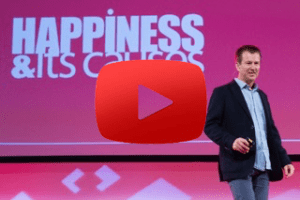by Brook McCarthy
 There’s a time for working for free, a place for charitable yoga teaching and a role for working for profit. As a yoga teacher, knowing the difference between these will help you avoid heartache and thrive as a professional, while helping to lift the entire yoga sector. Whether you’re a fledgling yoga teacher, a studio owner, a seasoned teacher at others’ studios, or someone in between, it’s useful to differentiate between these three.
There’s a time for working for free, a place for charitable yoga teaching and a role for working for profit. As a yoga teacher, knowing the difference between these will help you avoid heartache and thrive as a professional, while helping to lift the entire yoga sector. Whether you’re a fledgling yoga teacher, a studio owner, a seasoned teacher at others’ studios, or someone in between, it’s useful to differentiate between these three.
Free to be me
Let’s start with working for free. When just starting out, you’re rich in enthusiasm and poor in experience, so working for free makes a lot of sense. Fresh from your yoga teacher training course, you need all the experience you can get in order to develop the necessary skills to teach.
There’s no other way to learn how to adjust, assist, instruct with just the right amount of words for bodies that are tall, short, wide, skinny, old, in menopause, with duff hips, slipped discs, heavily pregnant bellies, tight hamstrings, and rotator cuff injuries and personalities that are striving, depressed, distracted, uncomfortable, inhibited or shy. And no, the three volunteer classes you taught in during your course don’t count.
You need diversity, you need unexpected situations, you need more experience.
How long you teach for free is really up to you and the guidance of your teacher. And free is totally free, not “I owe you” or “you owe me” from yoga studio owners, family, friends and colleagues. No funny feelings, no weirdness, no negativity.
Giving free lessons
Offering ‘first class is free’ at yoga studio also makes sense for studio owners that need feet through the door and bums on mats.
I have mixed feelings about how successful it is as a marketing strategy because there are lots of variables. These include: whether the studio will attract ‘price shoppers’ who only ever intend to use the free class and then disappear to the next studio offering free or heavily discounted intro passes; and whether the student recognises the value and power of yoga when she is not motivated by the dollar amount she’s invested.
Yoga for charity
I’m surprised there’s not more involvement by the yoga world in charity fundraising and outreach. With several worthy exceptions (such as The Yoga Foundation and Off the Mat), there are pitifully few examples of organised, collaborative and cohesive giving by the yoga community. Most charitable endeavours are singular and happening in isolation.
To me, this is one of the most disappointing aspects of the yoga world. But the worldwide yoga movement is still in its infancy. We have not had decades of mainstream popularity, and yoga’s origins are very much counterculture, so this may explain why we are not more cohesive and organised. Perhaps we will unite in time to serve and give cohesively, similar to churches and parishes.
Working for charity means the funds raised go to charity. Givers should not be mislead – if the teacher is being paid, then ensure people know this. If marketing and advertising is coming out of the budget, then explain this.
When a teacher works for charity, she should expect that the fruits of her efforts go to the charity in question, not to the studio hosting the ‘charitable’ event.
Yoga for profit
Working denotes payment; if it were otherwise, you are volunteering or enjoying free time. Making a viable living as a yoga teacher is essential if you are to invest in a house, pay for children’s education, undergo further yoga training, and respect yourself as an individual. Of course, earning money does not equal self-respect. I don’t get paid to look after my children and my self-respect has risen exponentially since becoming a mother.
If you volunteer your yoga teaching to people who are clearly unable to afford it or cannot otherwise access it, I salute you. But teaching yoga over many years, amassing vast experience and considerable qualifications while still being unable to support yourself in full-time teaching will erode your self-respect if you let it.
Having decades of experience and being asked to teach or present for free at for-profit conferences or events is insulting, to the teacher and to the teachings.
Oftentimes, teachers express to me that they enjoy yoga teaching so much that they feel embarrassed to take money or ask for more. But enthusiasm and passion should be rewarded, not penalised. If you’re an experienced and skilled teacher and you also derive obvious joy from it, you should be earning more money, not less.
Confusing personal practice with teaching
Helping professionals – such as nurses, doctors, ambulance drivers, childcare workers and teachers – get paid. This doesn’t undermine the generosity of their profession. As yoga teachers, we seek to empower people to use the practice and philosophy of yoga to enact change – to their relationships to others and to themselves.
We still need money, and this doesn’t undermine what we do. In fact, earning a viable income is a necessary rite of passage where we accept responsibility for our needs and the needs of our family. This should be a source of pride, not of shame. And yet the yoga sector is rife with exploitation. Similar to other industries, such as fashion, media, the arts and higher education, where passion and aspiration is prevalent, unscrupulous people can easily take advantage of sincerity and enthusiasm.
Earning an income is part of our spirituality, but the personal practice of yoga shouldn’t be confused with the teaching of yoga. Of course, these should run parallel, but one is personal in nature and the other is public. Just because teaching yoga often facilitates spiritual awakenings doesn’t mean the teacher shouldn’t expect recompense.
In the last seven years of working in yoga marketing, I’ve been privy to all kinds of horror stories and been on the receiving end of a few, too. From studio owners who insist contracting teachers sign a non-competitive clause to prevent them working at other studios in the areas around which they live. To pressure to teach for free on behalf of the studio for expensive yoga wear retailers when the teacher doesn’t want to. To promotions run by the studio that mean the teacher isn’t paid per head for the students that take up the promotion – I’ve heard it all.
And I’ve heard countless teachers tell me that it’s okay to be running their yoga businesses at a loss because they’re ‘lucky’ to have an inheritance or a wealthy benefactor. It’s not okay to call your business a business if you’re not earning a profit and are convincing yourself you’re fine with it when really, you’re not.
But it’s especially not okay that we are quick to be labelled “unyogic” by students and colleagues because we expect fair pay for fair work. Being a yoga teacher is the hardest job you’ll ever love, made doubly so because too many people don’t consider it ‘real work’.
My advice – earning money isn’t incompatible with being spiritual, you set expectations for how others treat you, and if anyone calls you “unyogic”, don’t just walk away. Run.
Brook McCarthy is a long-time yoga teacher, digital marketing trainer and business coach. Her business, formally known as Yoga Reach, helps health and creative services professionals to grow their reputation, build their brand and do their best work.
 The Yoga Institute (TYI) is excited to announce that we are partnering with Australia’s longest standing Yoga Therapy Training provider, The Australian Institute of Yoga Therapy (AIYT), for the co-development and delivery of our respective Yoga Therapy training programmes.
The Yoga Institute (TYI) is excited to announce that we are partnering with Australia’s longest standing Yoga Therapy Training provider, The Australian Institute of Yoga Therapy (AIYT), for the co-development and delivery of our respective Yoga Therapy training programmes. Our newly developed course will commence with the Foundations of Yoga Therapy module in Sydney in May 2017. For further details please visit: www.yogainstitute.com.au/yoga-therapy-training
Our newly developed course will commence with the Foundations of Yoga Therapy module in Sydney in May 2017. For further details please visit: www.yogainstitute.com.au/yoga-therapy-training

 It’s so easy at this time of year to get caught up in the whirl of feast planning, crazy shopping, gift wrapping, tree decorating, christmas parties and catch-ups, and not be truly present to ourselves and our loved ones.
It’s so easy at this time of year to get caught up in the whirl of feast planning, crazy shopping, gift wrapping, tree decorating, christmas parties and catch-ups, and not be truly present to ourselves and our loved ones.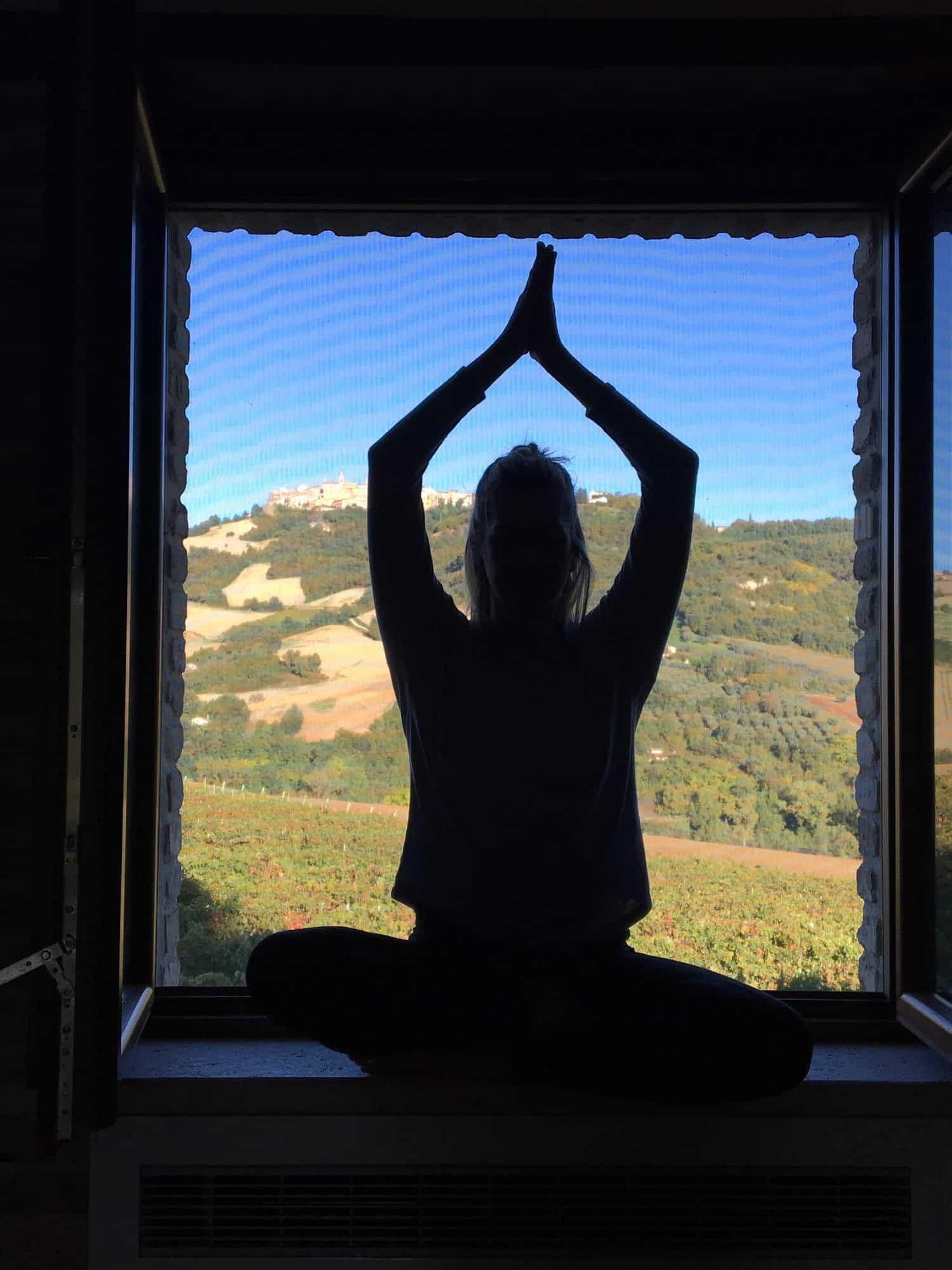





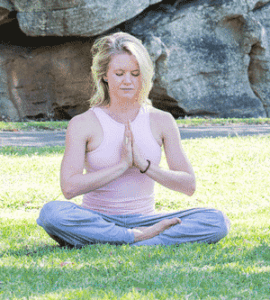 Here at The Yoga Institute, we cannot overemphasise the benefits of yoga on your health and well-being. An integrated yoga practice extends far beyond the bounds of the mat and encompasses our moment by moment choices about they ways we treat ourselves and others. How we choose to start our days can have a big impact on the quality of our experience. We were recently featured in Bupa Life Insurance’s post on healthy morning rituals entitled, ‘
Here at The Yoga Institute, we cannot overemphasise the benefits of yoga on your health and well-being. An integrated yoga practice extends far beyond the bounds of the mat and encompasses our moment by moment choices about they ways we treat ourselves and others. How we choose to start our days can have a big impact on the quality of our experience. We were recently featured in Bupa Life Insurance’s post on healthy morning rituals entitled, ‘
 T.K.V. Desikachar June 21, 1938 – August 8, 2016
T.K.V. Desikachar June 21, 1938 – August 8, 2016
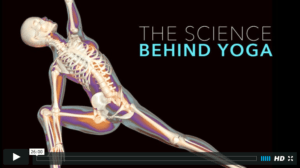

 Tuesday 21st of June was the second annual International Day of Yoga, and we held our own celebration here at the centre in Cammeray in the evening. It was a lovely chance to get together with our community and celebrate all that yoga has brought to our lives.
Tuesday 21st of June was the second annual International Day of Yoga, and we held our own celebration here at the centre in Cammeray in the evening. It was a lovely chance to get together with our community and celebrate all that yoga has brought to our lives. We were partnered with Anne Marie Johnston from
We were partnered with Anne Marie Johnston from 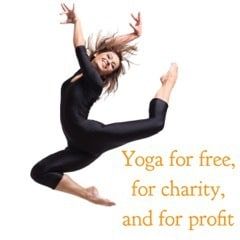
 There’s a time for working for free, a place for charitable yoga teaching and a role for working for profit. As a yoga teacher, knowing the difference between these will help you avoid heartache and thrive as a professional, while helping to lift the entire yoga sector. Whether you’re a fledgling yoga teacher, a studio owner, a seasoned teacher at others’ studios, or someone in between, it’s useful to differentiate between these three.
There’s a time for working for free, a place for charitable yoga teaching and a role for working for profit. As a yoga teacher, knowing the difference between these will help you avoid heartache and thrive as a professional, while helping to lift the entire yoga sector. Whether you’re a fledgling yoga teacher, a studio owner, a seasoned teacher at others’ studios, or someone in between, it’s useful to differentiate between these three.